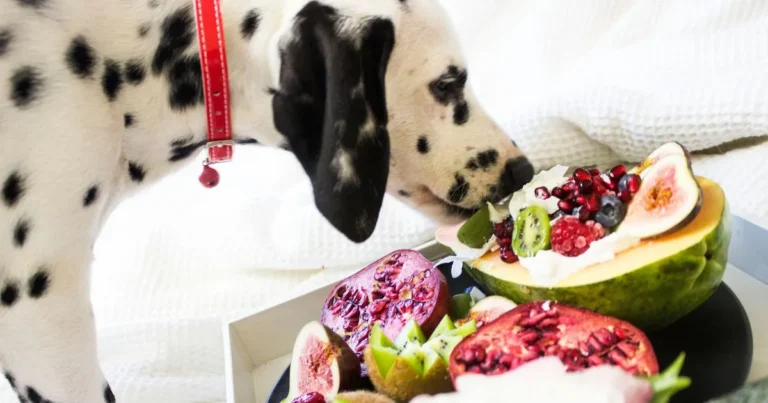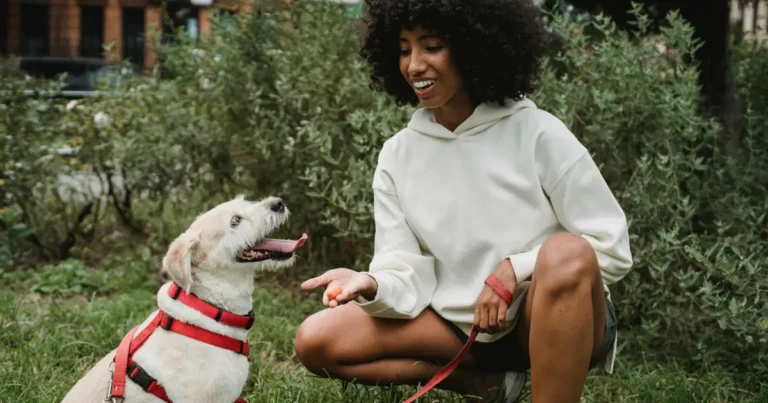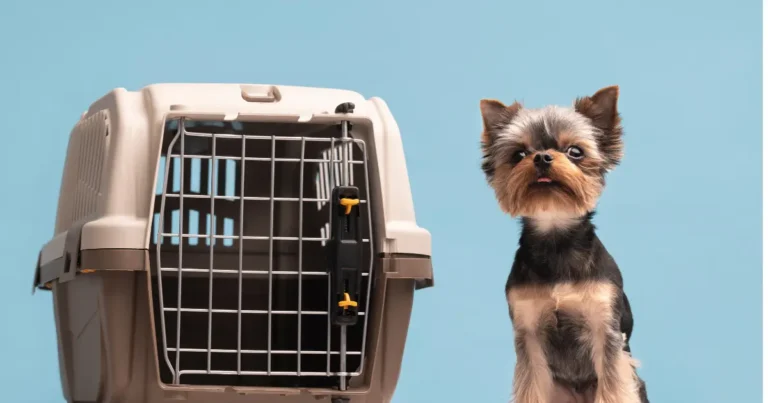How Long Should My Dog Eat Puppy Food?
Table of Contents
Introduction
Picture this: You’ve just brought home an adorable, wiggly puppy, and you’re staring at a bag of puppy food, wondering, “When do I switch to adult dog food?” You’re in good company—many new pet owners wonder the exact same thing!
Puppies grow incredibly fast, and giving them the right food at the right stage is essential for their well-being. Transition too early, and they may miss vital nutrients—wait too long, and you risk unwanted weight gain. So, how can you tell when it’s the perfect time to make the switch?
In this guide, we’ll walk you through everything you need to know about puppy food, including:
- The perfect time to switch based on your dog’s breed size
- Signs your pup is ready for adult food
- How to transition without tummy troubles
Ready to become a puppy food pro? Let’s get started!
What Is Puppy Food?
You’ve probably heard the phrase, “Puppies are like furry little babies,” right? Just like infants need tailored nutrition, puppies rely on specially formulated food to support their rapid growth and development. But what makes it different from regular dog food?
Puppy food is packed with:
✔ Extra protein & fat – For muscle and energy
✔ Higher calories – Because puppies are little energy balls!
✔ DHA, a type of omega-3 fatty acid, supports healthy brain function and sharp vision as your puppy grows.
✔ Balanced calcium & phosphorus – For strong bones and teeth
Think of it like supercharged fuel for your growing pup! But here’s the big question—when should you switch to adult food? Keep reading to find out!
Why You’ll Love This Guide
- Avoid Guesswork – No more wondering if it’s time to switch—we’ll give you clear guidelines based on breed size.
- Prevent Health Issues – Switching at the right time helps avoid obesity or nutrient deficiencies.
- Save Money – No wasting puppy food (or vet bills) by feeding it too long!
Want more puppy care tips? Check out our Ultimate Puppy Feeding Schedule next!
How Long Should Puppies Eat Puppy Food?
Quick Overview
The answer depends on your pup’s breed size:
- Small breeds → Switch at 9-12 months
- Medium breeds → Switch at 12-14 months
- Large & giant breeds → Switch at 18-24 months
Key Things You’ll Need
✅ A measuring cup (portion control is key!)
✅ High-quality adult dog food
✅ Your vet’s advice (always good to double-check)
Step-by-Step Guide
- Check Your Dog’s Size
- Weigh your pup or check breed standards.
- Follow the Timeline
- Small breeds (under 20 lbs) → 9-12 months
- Medium breeds (20-50 lbs) → 12-14 months
- Large breeds (50+ lbs) → 18-24 months
- Watch for Signs They’re Ready
- Stable weight, less chewing, calmer energy.
Pro Tip: Large breeds grow slower—switching too soon can cause joint problems!
What Goes Well With This Advice?
- Slow-feeder bowls – Helps prevent bloating during the switch.
- Probiotic supplements – Keeps their tummy happy.
- Frequent weight checks – Monitoring your puppy’s growth helps you spot the right time for a diet change.
Top Tips for Success
⭐ Slowly introduce the new food by mixing it with your puppy’s current diet, increasing the amount over 7 to 10 days for a smooth transition.
⭐ Stick to the Same Protein – Less chance of allergies.
⭐ Ask Your Vet – Especially if your pup has special needs.
How to Keep It Going
- Re-evaluate yearly – Nutritional needs change with age.
- Modify serving sizes—grown dogs require fewer calories compared to their puppy days.
- Try different textures – Some dogs prefer wet or dry food as they age.
Final Thoughts
Knowing how long your dog should eat puppy food sets them up for a healthy, happy life. Follow the breed-size guidelines, transition slowly, and always consult your vet if unsure.
Now it’s your turn! How did your pup handle the switch? Share your story in the comments! 🐶💬







